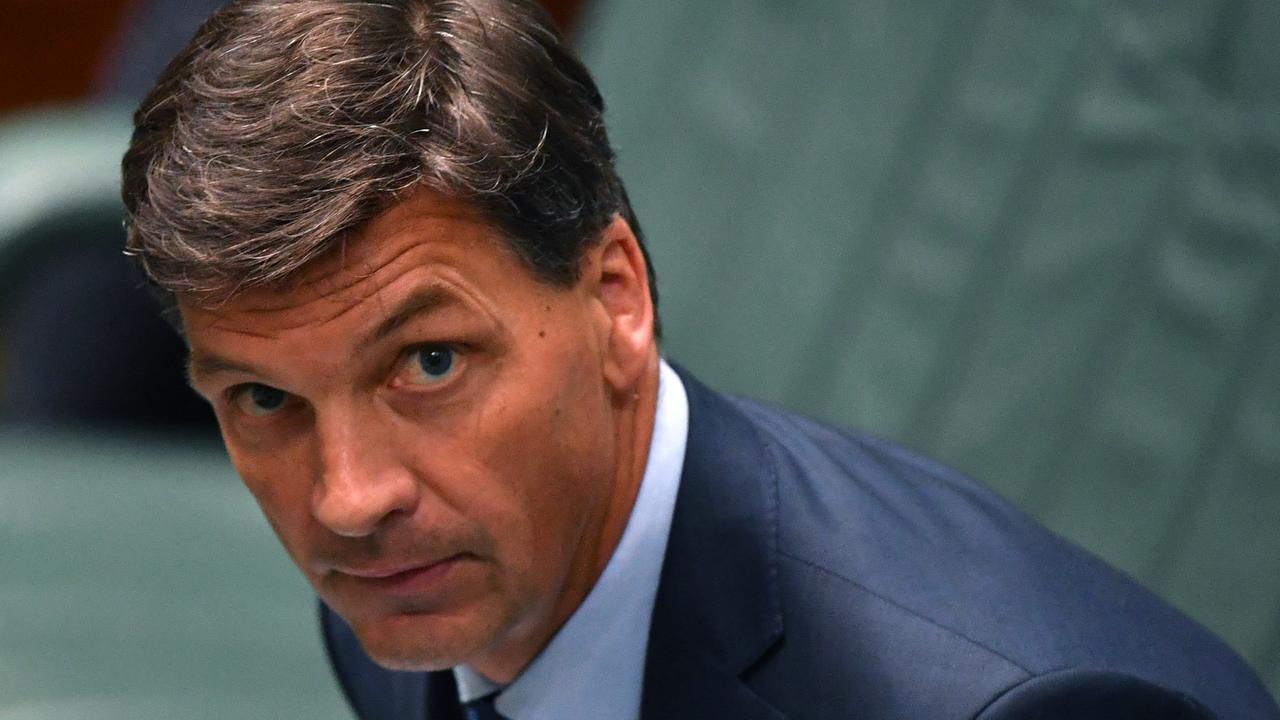Malcolm Turnbull’s survival plan will blow up the Liberal party
Malcolm Turnbull’s prescription for getting the government back on track appears unhinged in comparison.
Malcolm Turnbull’s plan to survive as Prime Minister or pass his job to Scott Morrison is a plan to bring down the Coalition government, blow up the Liberal Party, hobble a likely successor (Peter Dutton), trash partyroom conventions, force an early election and use the offices of the Attorney-General and Solicitor-General for political ends.
It offers no hope of solution or redemption for the Liberal Party.
Turnbull’s list of demands of his colleagues and his political manoeuvres to deny the will of the Liberal parliamentary party and enshrine his own version of Liberal philosophy defy political reason and project the image of a government out of control.
With lawyerly arguments and political intrigue, Turnbull is entrenching himself, at least temporarily, in the face of a collapse of confidence within the party and simultaneously threatening to reduce the Coalition to a minority government and force a by-election or an immediate general election.
By refusing to hold a partyroom meeting and warning he will resign if he does lose the leadership, Turnbull is failing to solve the crisis engulfing the government, including the loss of more than a third of his Liberal ministry. His inability and unwillingness to accept resignations or replace gaping holes on his frontbench leaves the government looking dysfunctional.
By openly endorsing Labor’s attack on Dutton’s eligibility to sit in parliament, Turnbull is also seeking to throw a constitutional shadow over a fellow Liberal MP who holds a marginal seat in a government with a majority of one.
While declaring it’s “madness” for politicians to be focusing on themselves, indulging in political infighting and not addressing the concerns of the public, Turnbull’s prescription for getting the government back on track appears unhinged in comparison.
His insistence that there be no partyroom meeting to hold a leadership ballot until there are 43 signatures on a petition — a majority of Liberal MPs — flies in the face of party conventions and experience.
While the Liberal Party essentially remains in the hands of the leader on meetings and procedures, there are precedents when only two signatures were needed to require a partyroom meeting so that MPs could still have a secret leadership ballot.
Turnbull’s first demand that he receive “a letter with signatures of a majority of the partyroom, which is 43” ignores the precedents and carried the threat that people were “accountable for what they are doing”. His second demand, that Dutton’s eligibility be tested because it was too important to have a prime minister whose decisions might not be valid, went hand in glove with Labor’s attempts to refer Dutton to the High Court and opposed Dutton’s own legal advice that he was in the clear.
It also provides the opportunity for further delay if the government’s legal advice is slow.
Turnbull’s argument that Dutton’s decisions as prime minister might not be valid contradicts his assertions that Barnaby Joyce’s decisions as deputy prime minister were not invalid when he was ineligible because of dual citizenship.
It has also raised concerns with some in cabinet that Turnbull’s seeking of advice about a political opponent and raising it as a reason not to vote for him constitutes misuse of legal offices and a conflict of interest that breaches his code of conduct.
Perhaps Turnbull’s most potent and destructive threat is to resign from parliament should he lose his job in a leadership spill and force a by-election in his Sydney seat of Wentworth or an immediate election.
The Turnbull government has a majority of one after losing 14 seats in the 2016 election. Any by-election in a government seat threatens its existence, as does any referral of an MP to the High Court.
“I’ve made it very clear that I believe that former prime ministers are best out of the parliament,” he said. “I think the people will be crying out for an election.”
All these demands were predicated on the basis that all his efforts to keep the Liberal Party united and to stop it moving “further to the Right” had failed because of an insurrection mounted by a handful of dissenters assisted by bullies outside the party.
Turnbull’s plan was a threat and an excuse that offered no solution to the crisis now enveloping his government.




